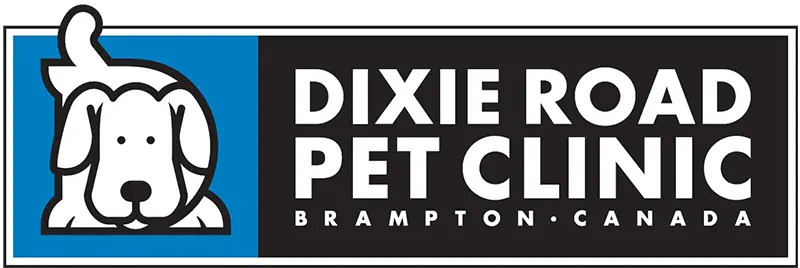How to Introduce Two Dogs

At some point or another, your dog will almost certainly meet another dog. It might be because you’re adopting a second pup to add to your family, or simply because you’re passing another dog during a walk. But in either case, you’ll want to know how to introduce two dogs properly so that everything goes smoothly. Before we dive into the guidelines, you might want to check out our article on Common Misconceptions About Dogs to ensure you have accurate information about canine behavior. Here are a few guidelines:
Take Things Slow
Rule number one: take it slow. Tossing two dogs together and hoping for the best is not a good idea—in fact, this approach could result in fighting, injury, and worse. Let the two dogs see each other from a distance and approach each other slowly.
Use Leashes
If possible, keep both dogs on leashes during initial introductions. This is essential for maintaining control over the dogs and making sure they don’t feel that they can do whatever they’d like. If you’re introducing two dogs in a controlled environment, have a family member or friend hold one dog’s leash while you hold the other. You won’t have the proper control if you attempt to hold both leashes at the same time.
Pay Attention to Body Language
The two dogs’ body language is the best indicator of how well the first introduction is going. Paying attention to this can tell you whether the dogs should continue greeting each other or if you should separate them and try again later.
Signs of a positive first meeting include relaxed body language and facial expressions, tail wagging, and play bows (when a dog puts their front end down and the hindquarters up, indicating a desire to play). On the other hand, if you see things like tense body language, tails tucked between the legs, or growling or snarling, you’ll want to separate the dogs for now.
Moving Forward
If you’re bringing home a second dog, give each pet their own sleeping and eating areas. Make sure to give each dog some alone time every day during the first few weeks, because two dogs who spend too much time together can become overstimulated and start exhibiting aggression and other bad behaviors.
When your pooch meets an unfamiliar dog on the street, take things slow and maintain control over the leash at all times. If the meeting doesn’t go well, simply thank the other pet owner and move on.
Ask your veterinarian in Springdale, ON for help with dog training and socialization. We’re here for you! If you’re experiencing ongoing challenges with your dog’s behavior or socialization, consider our veterinary behavior counseling services for personalized guidance and support.
